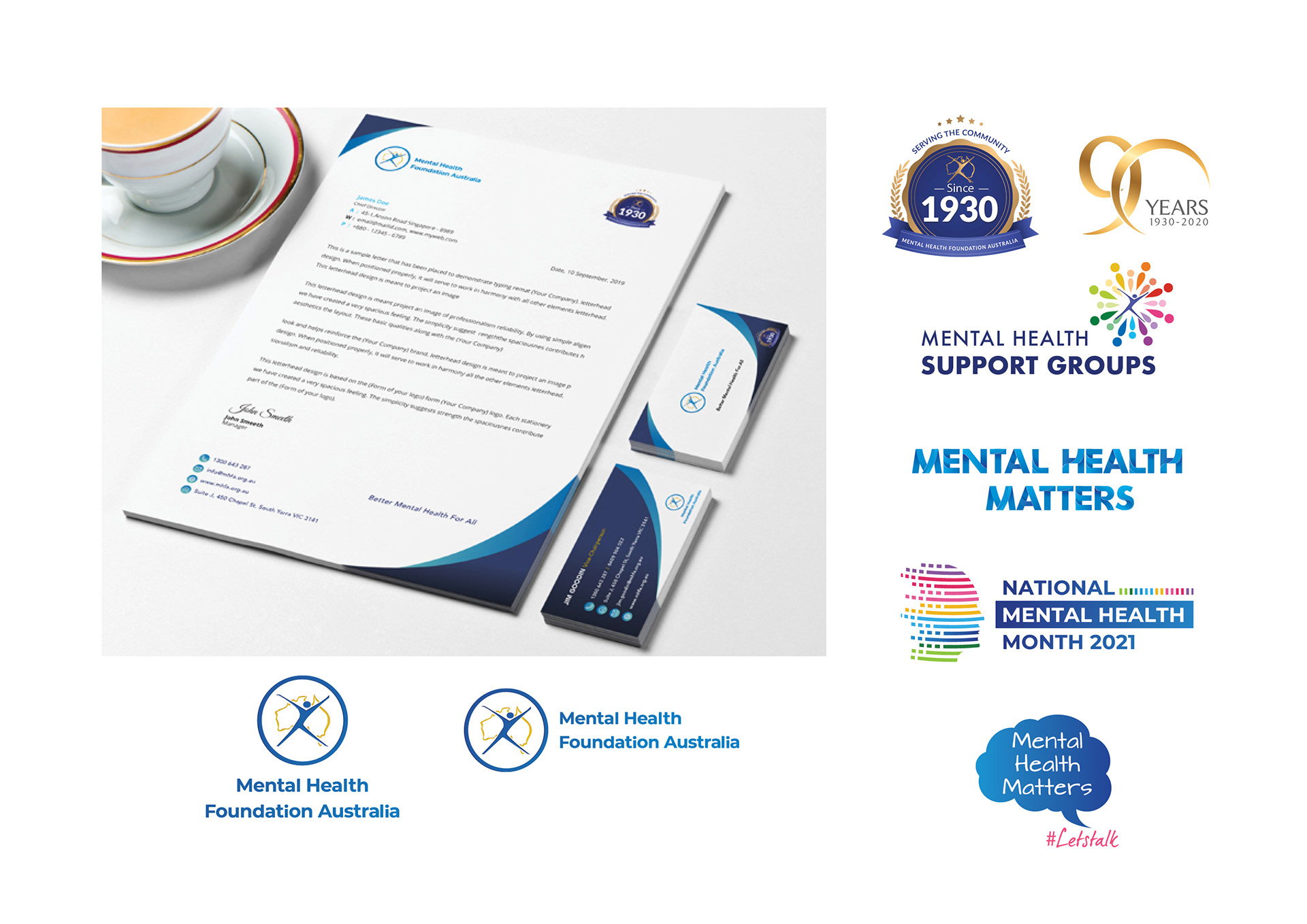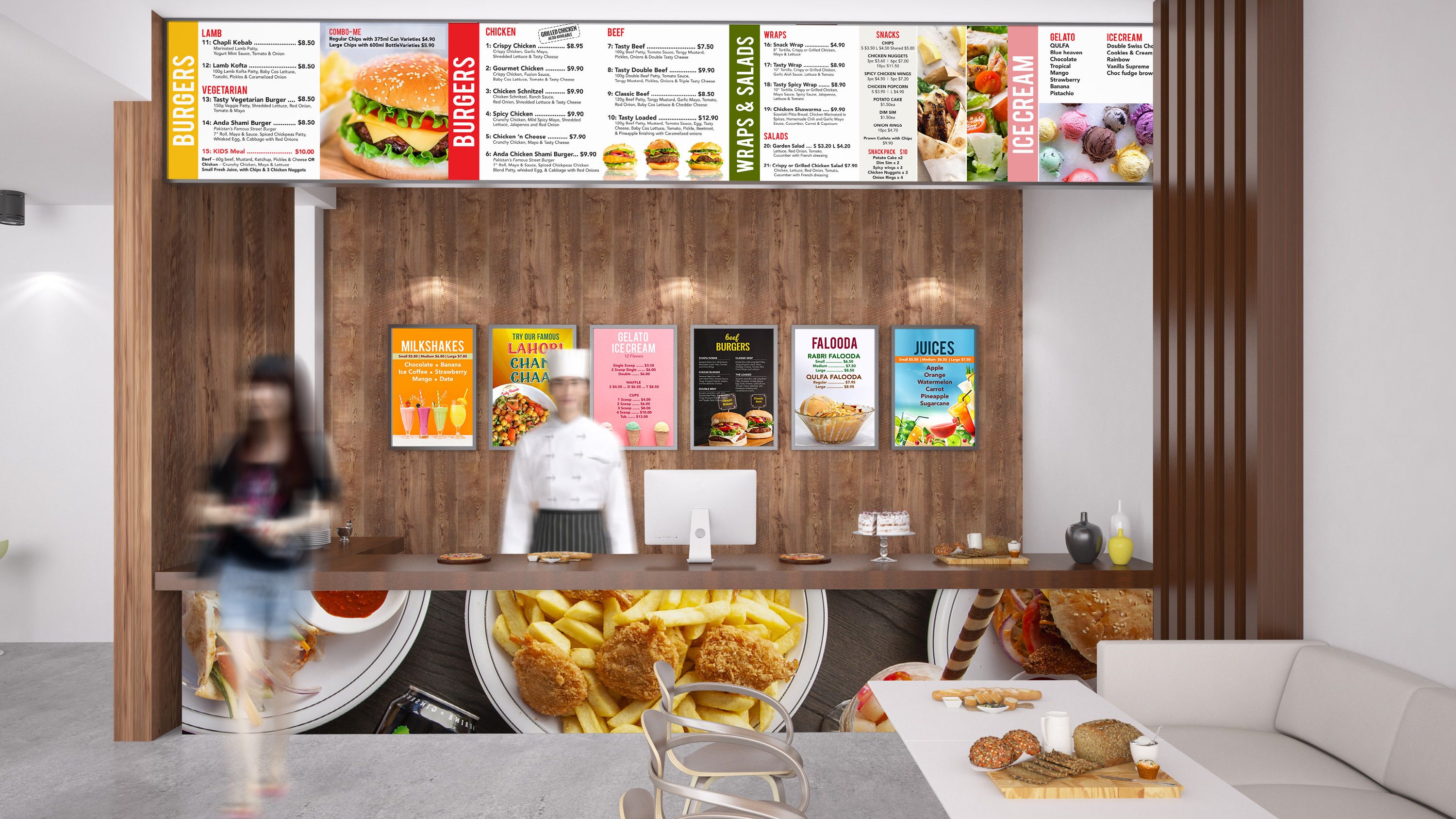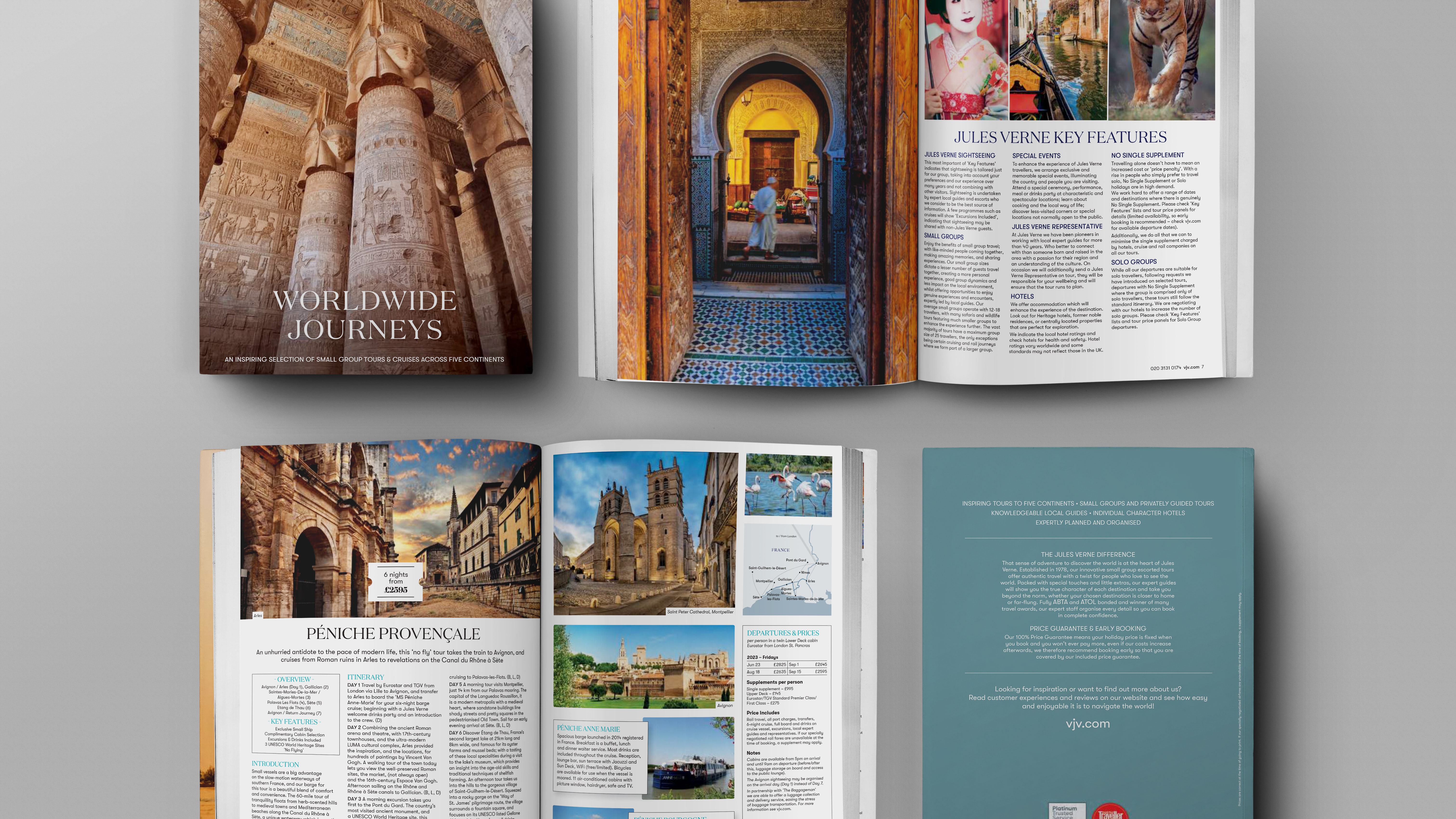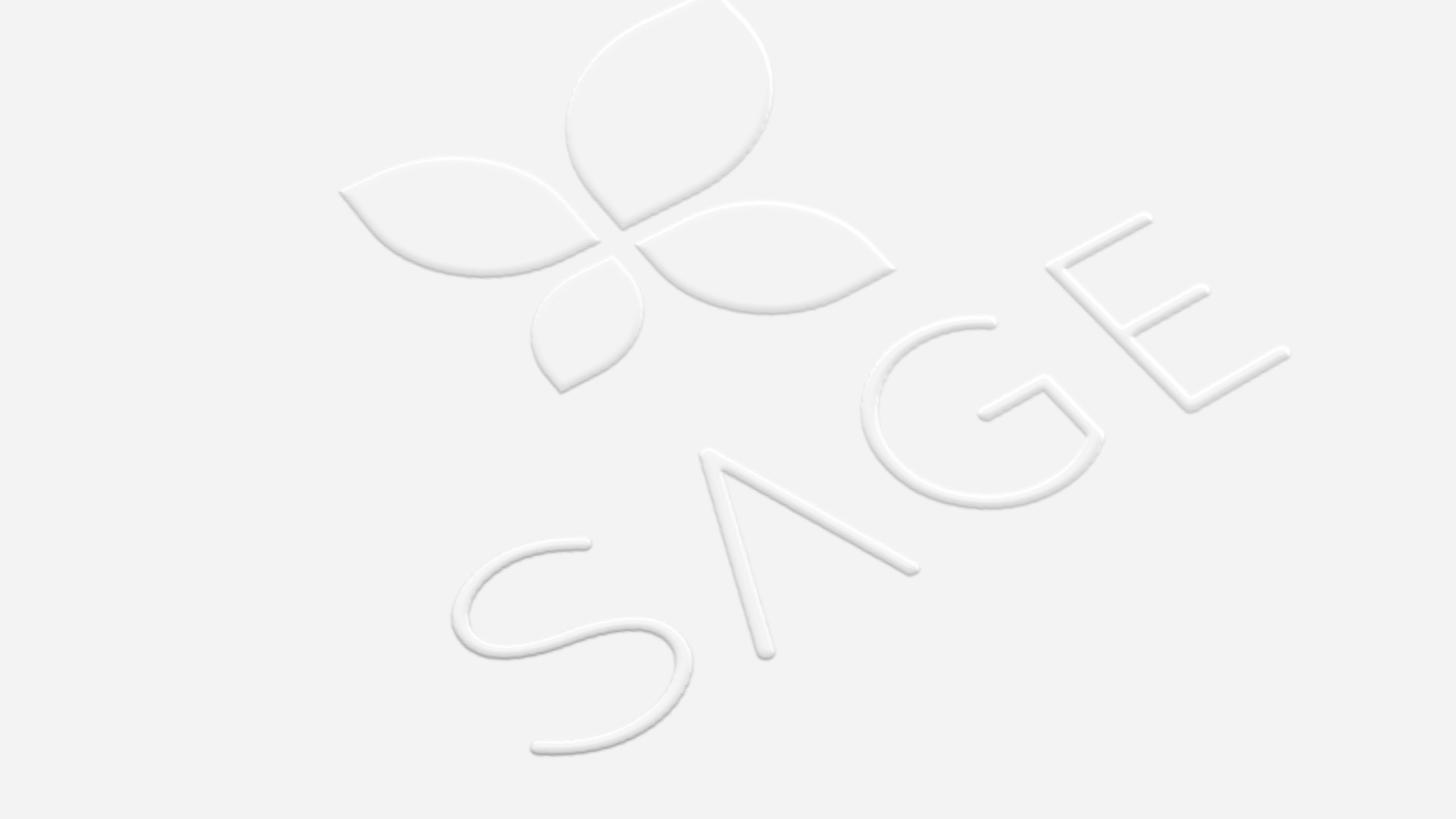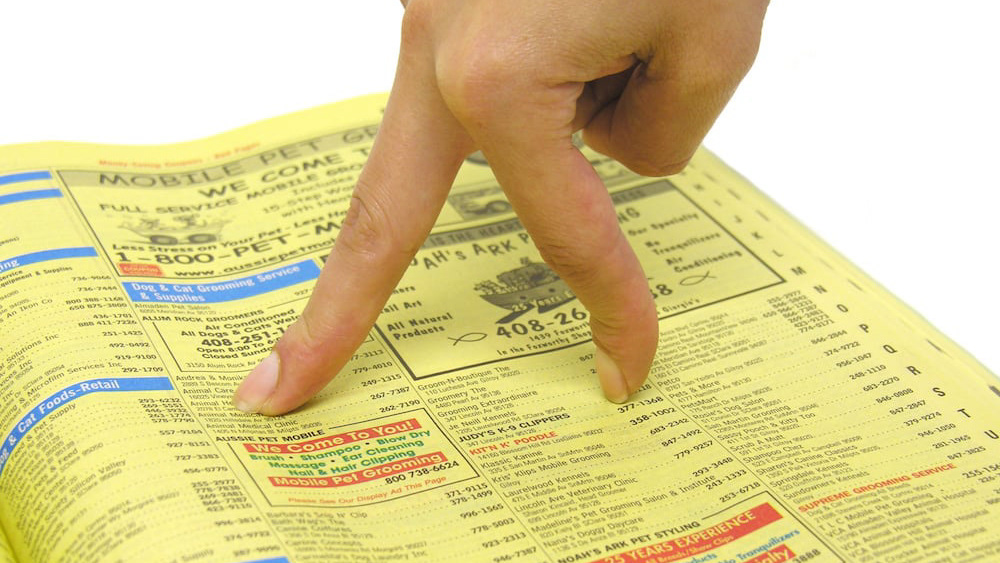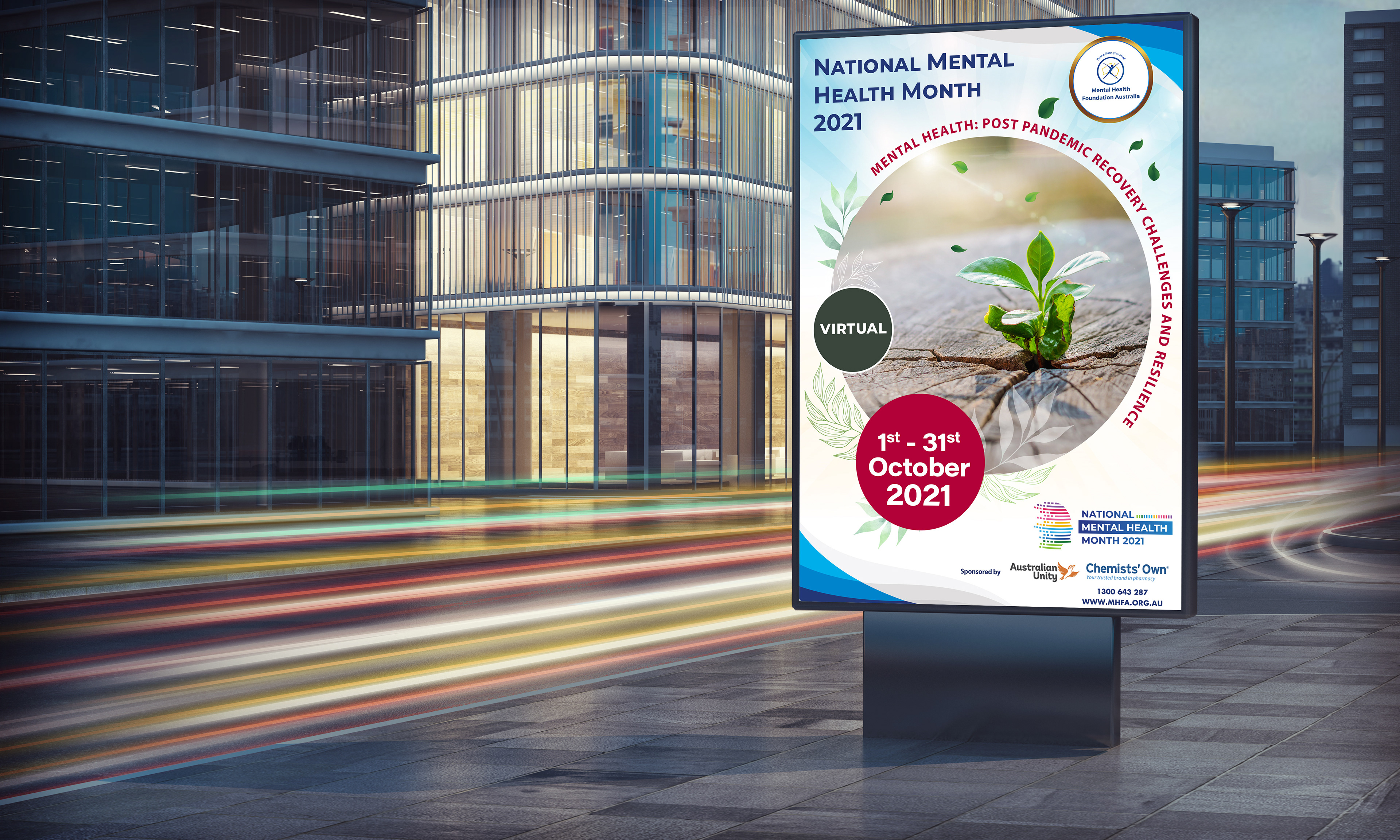
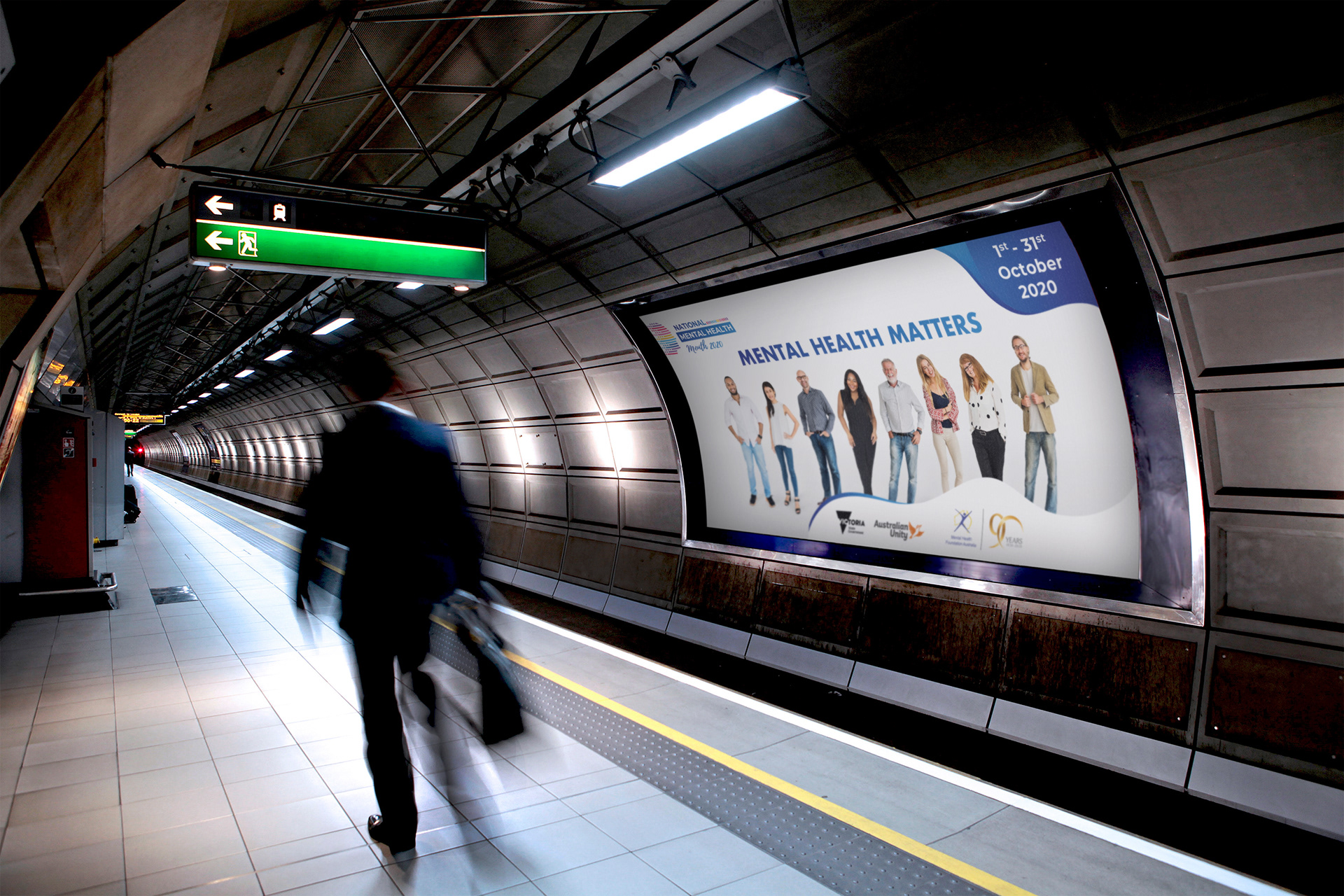
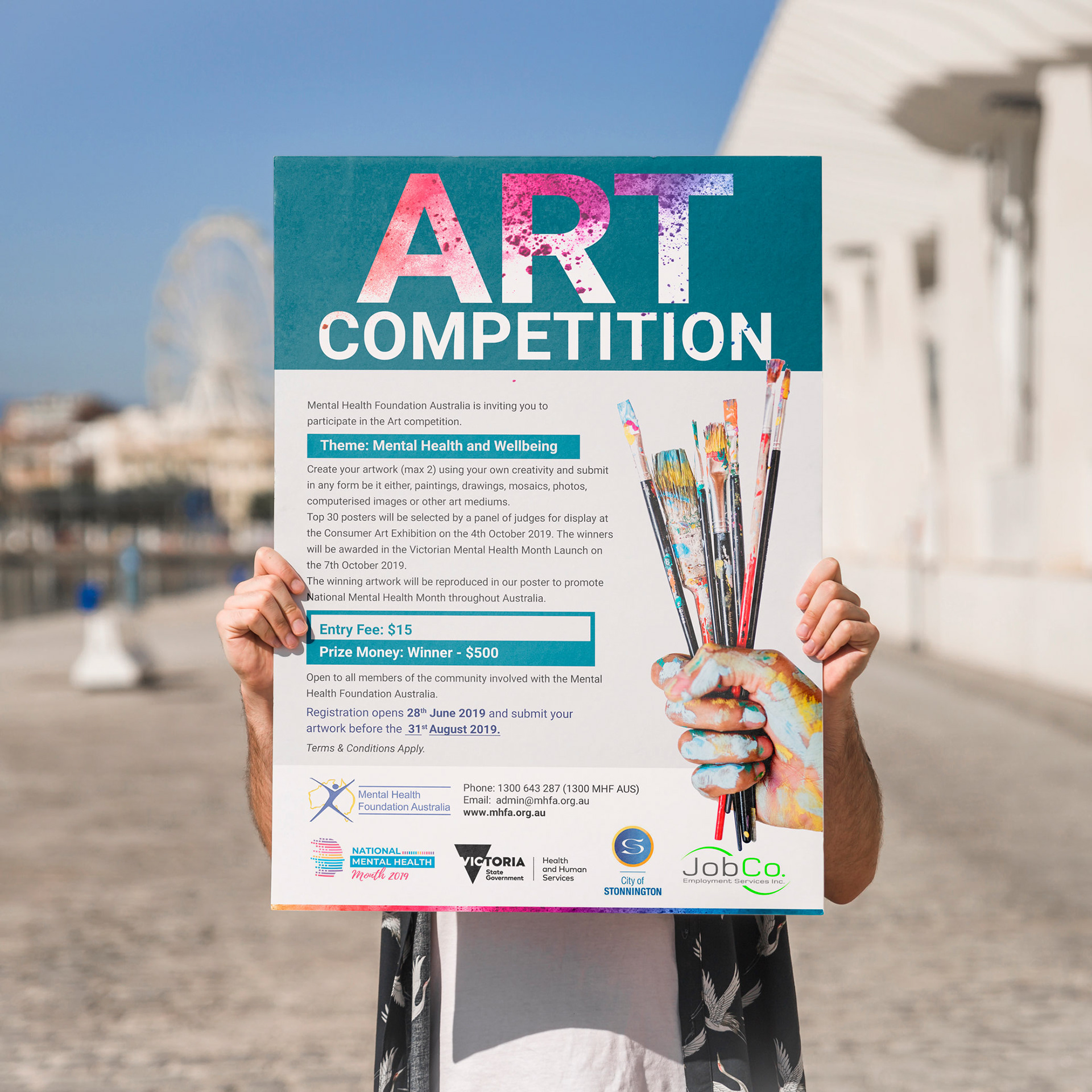
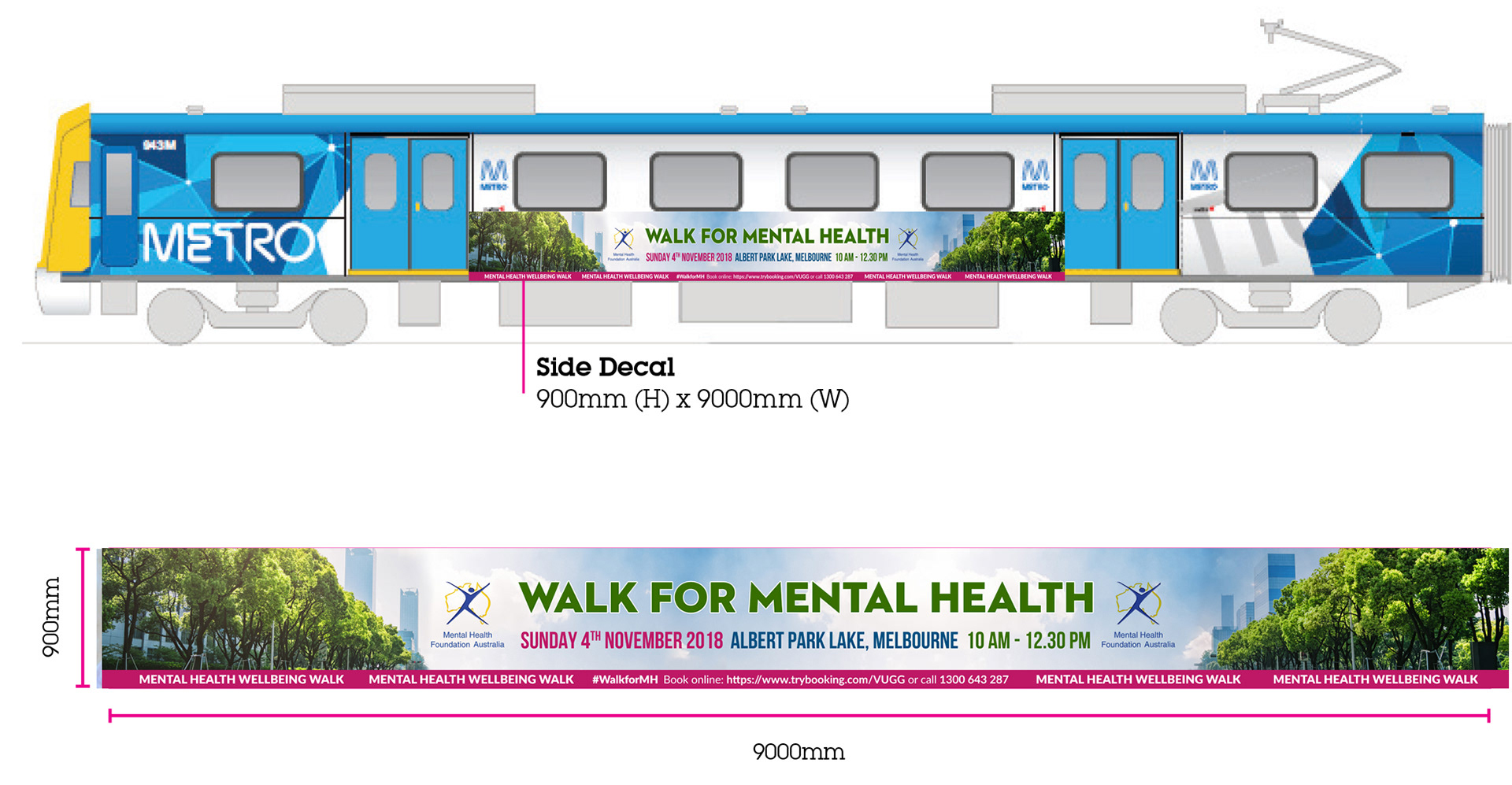
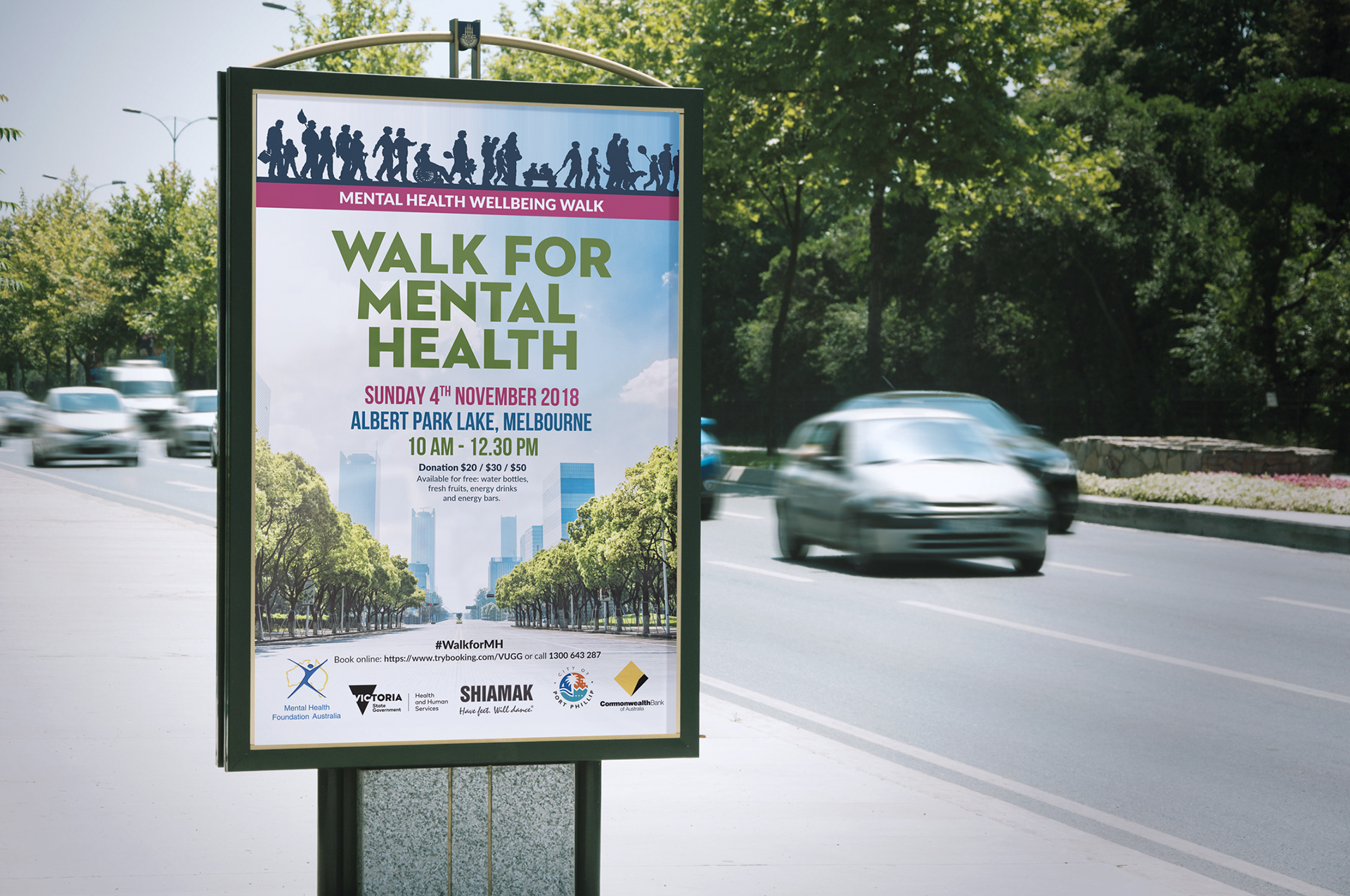


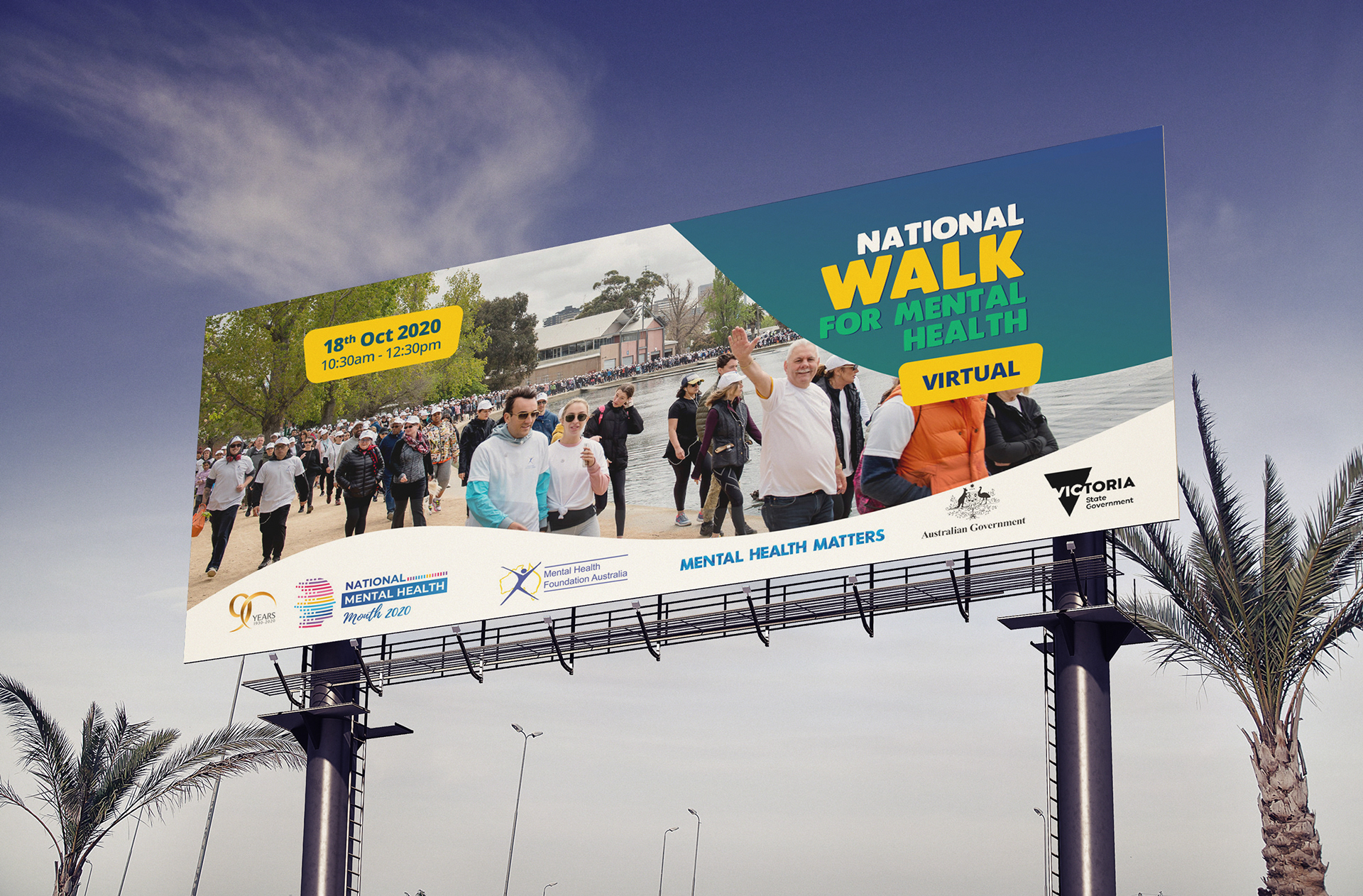

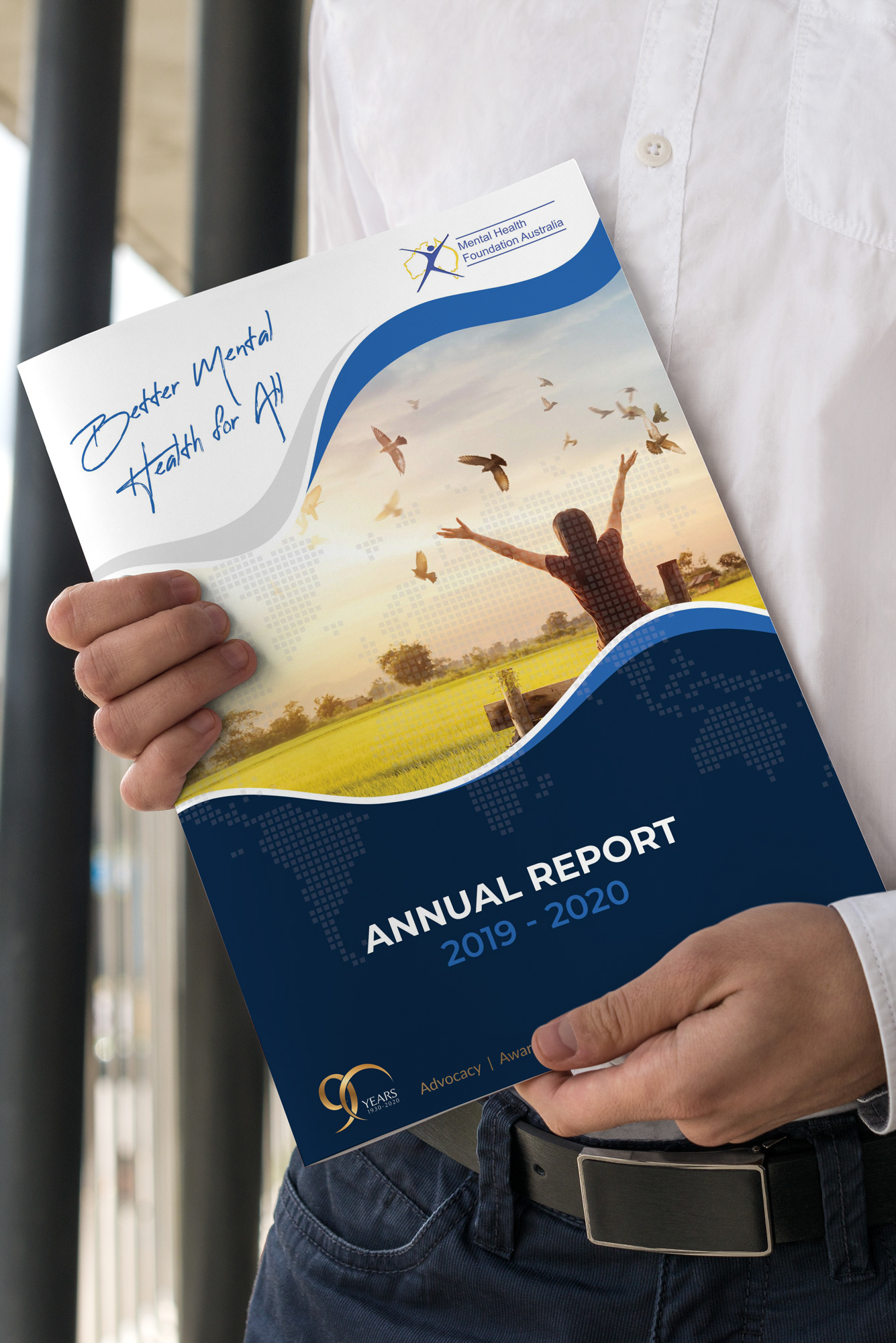

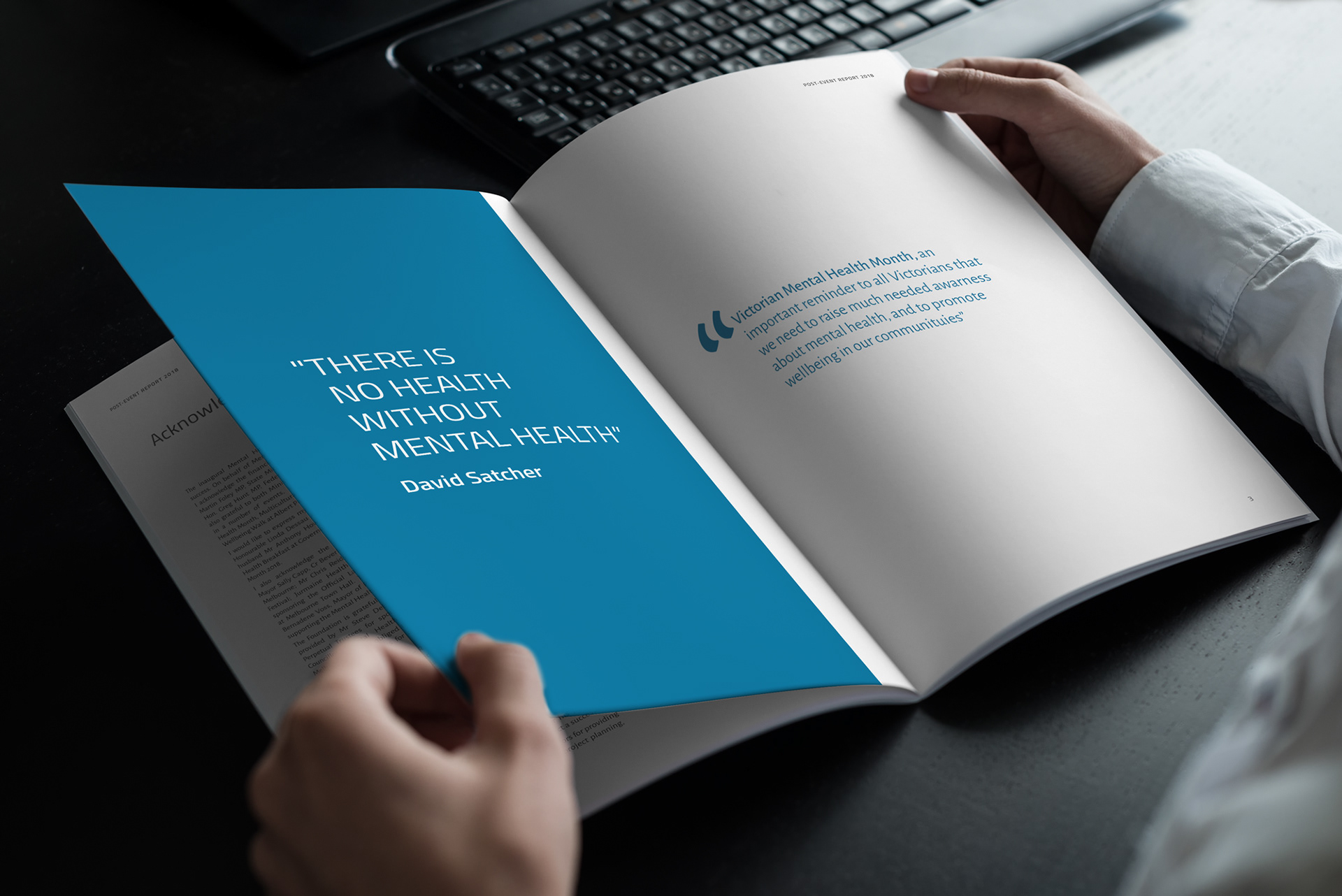
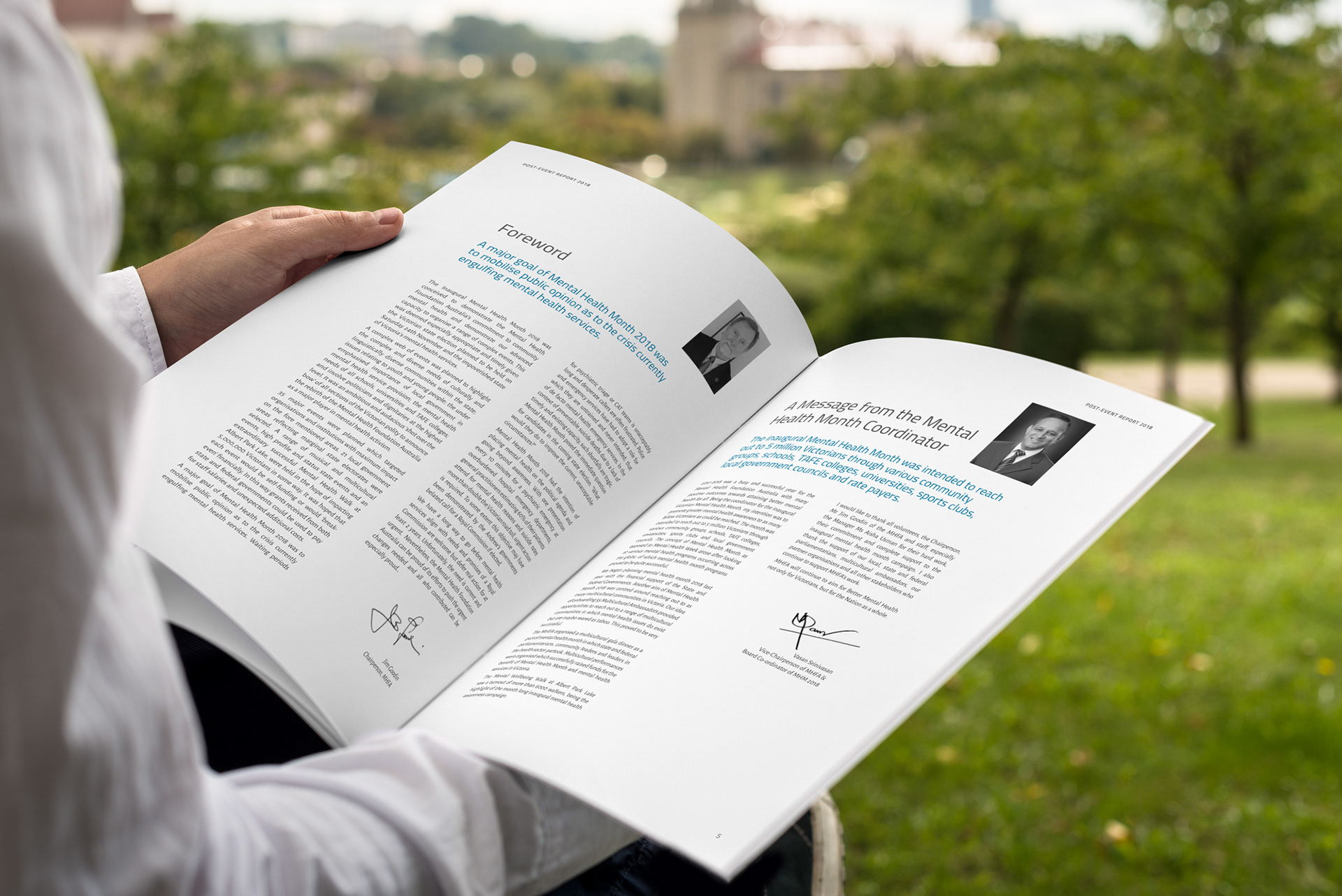

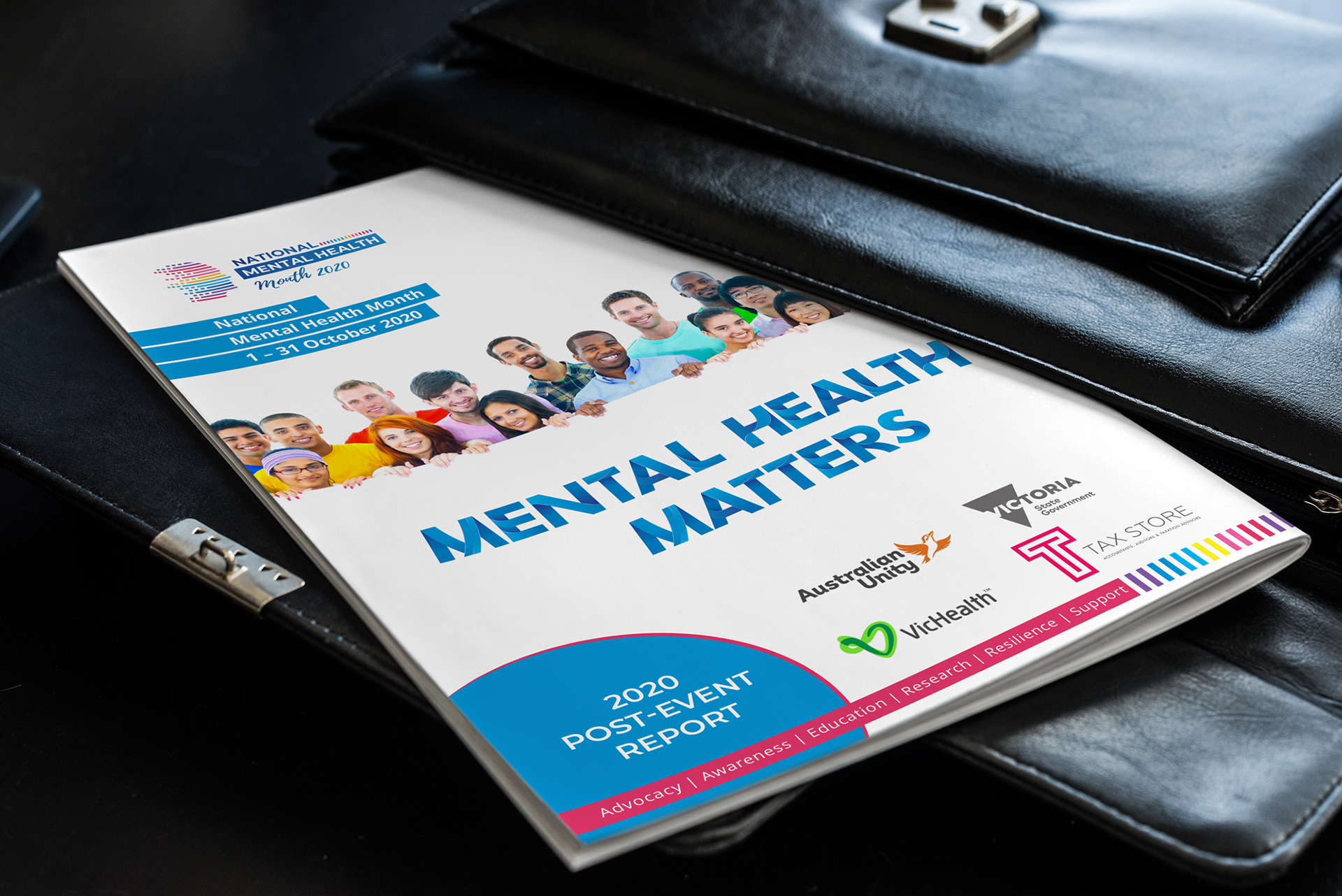


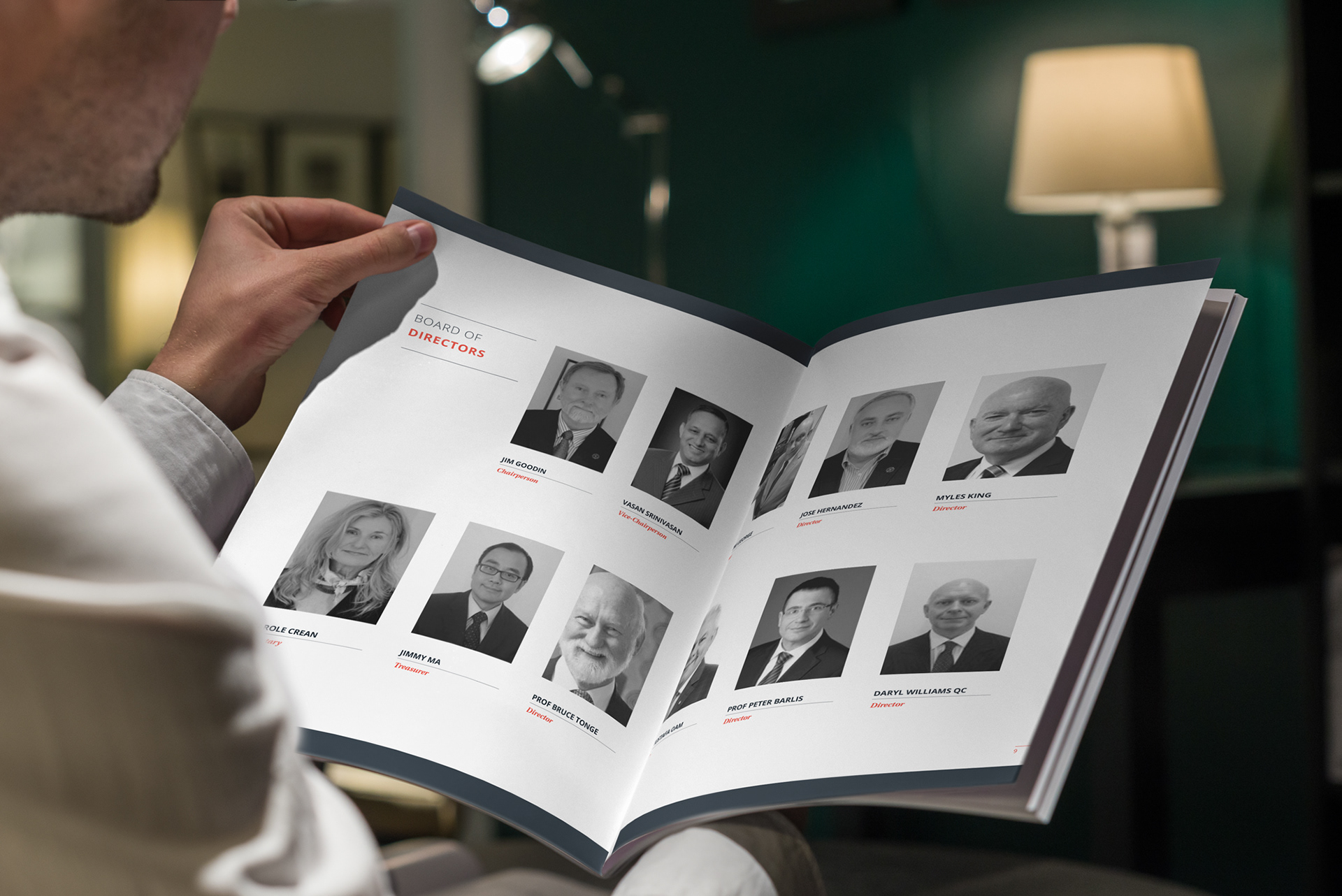

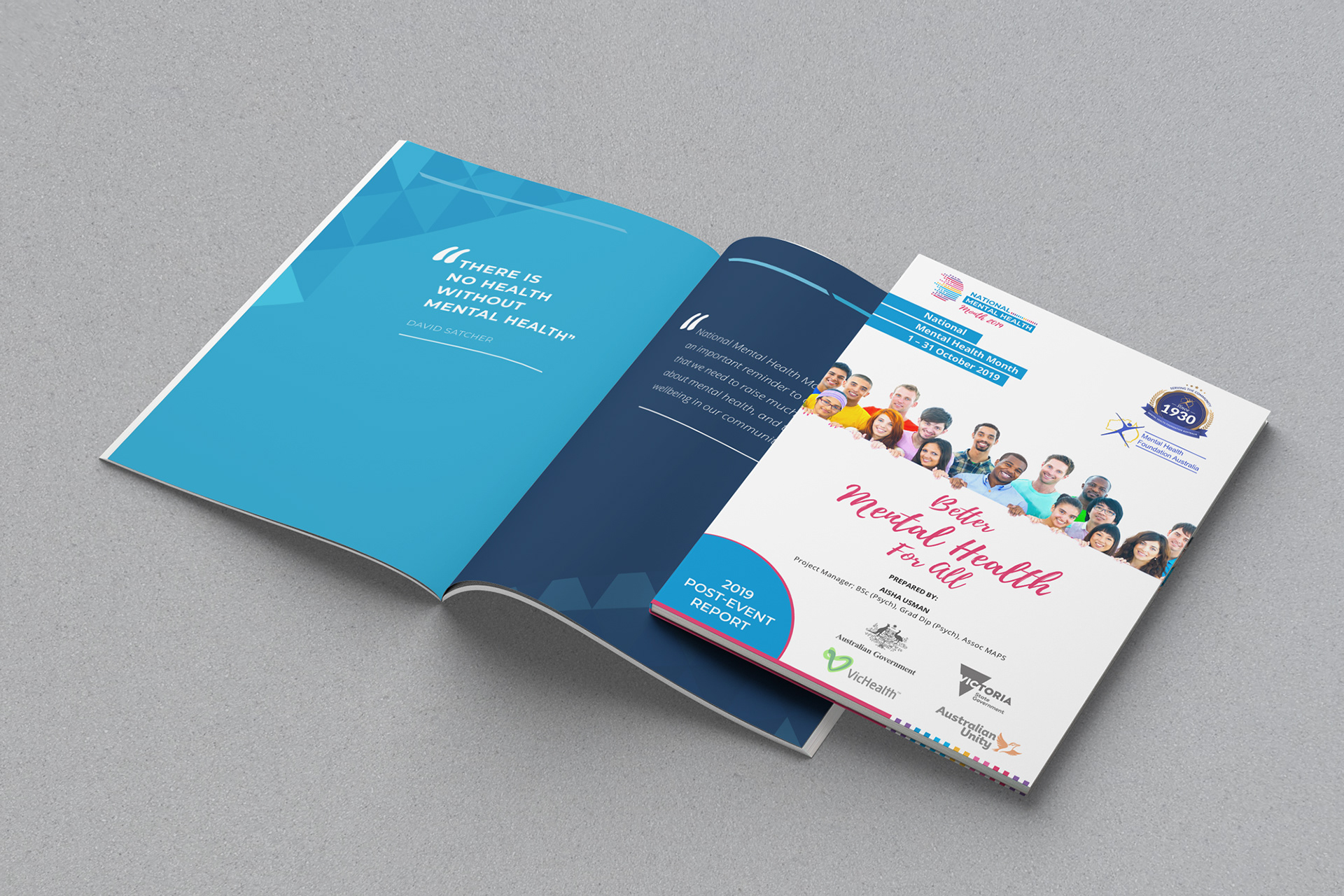
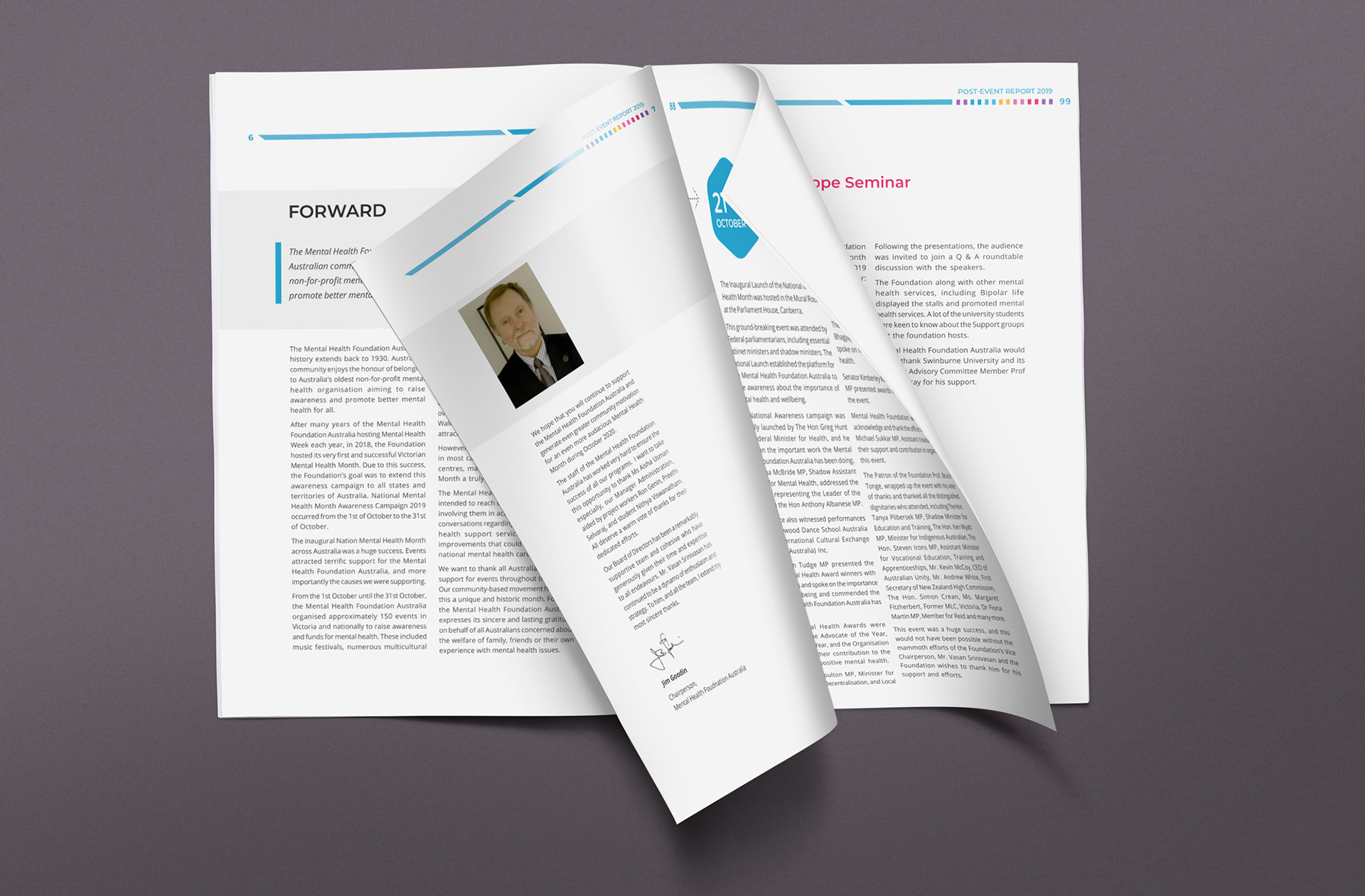
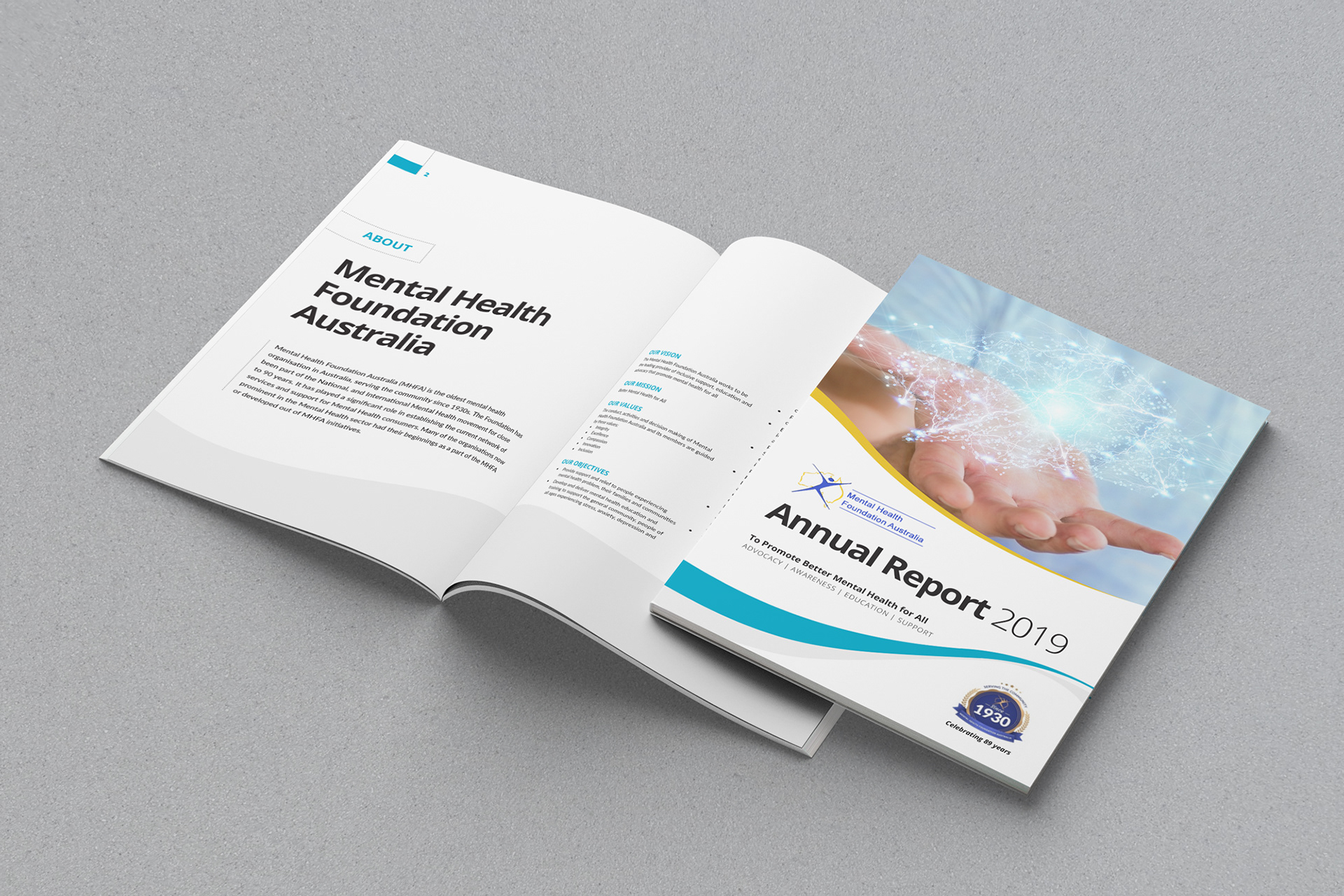

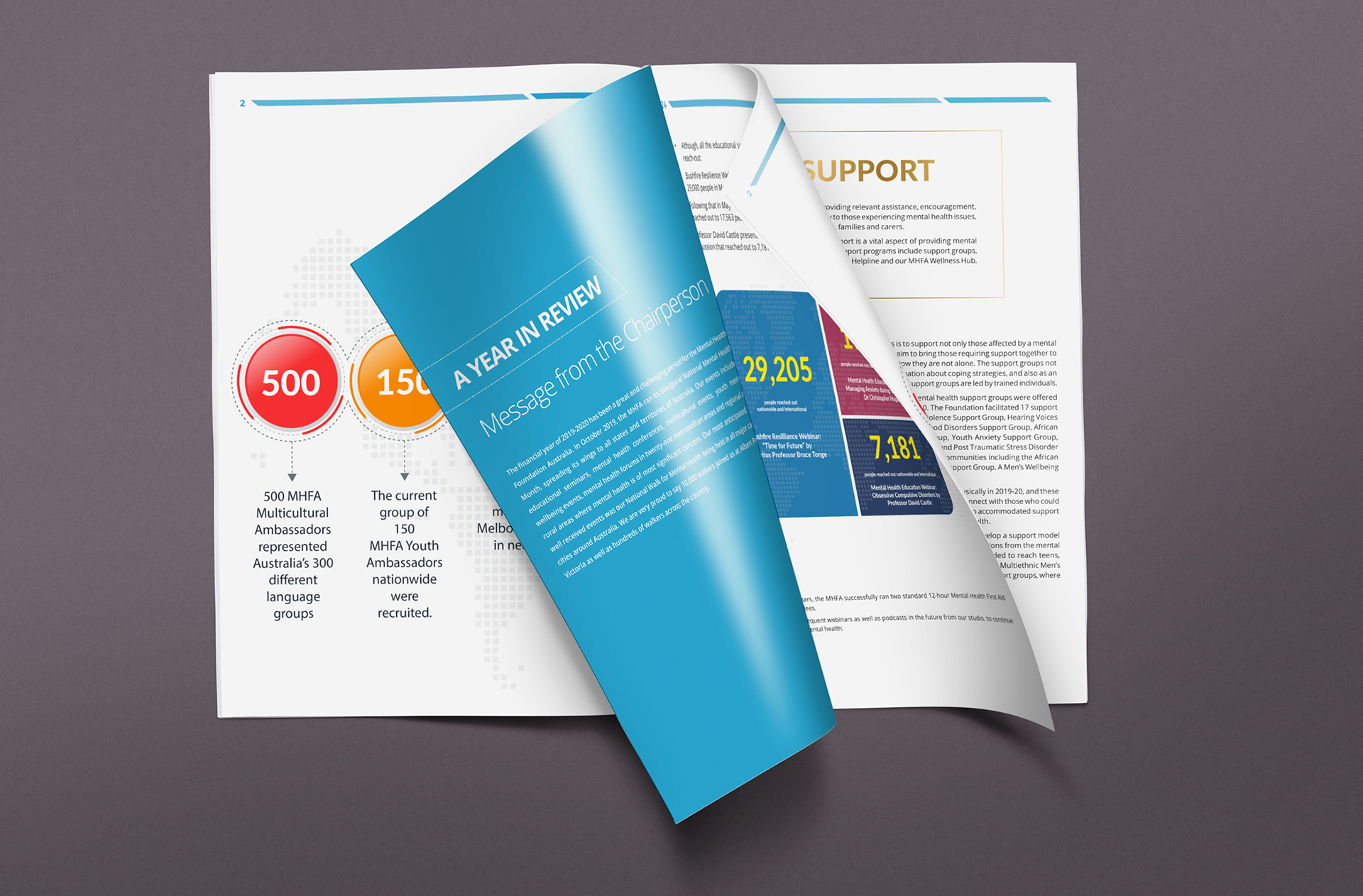
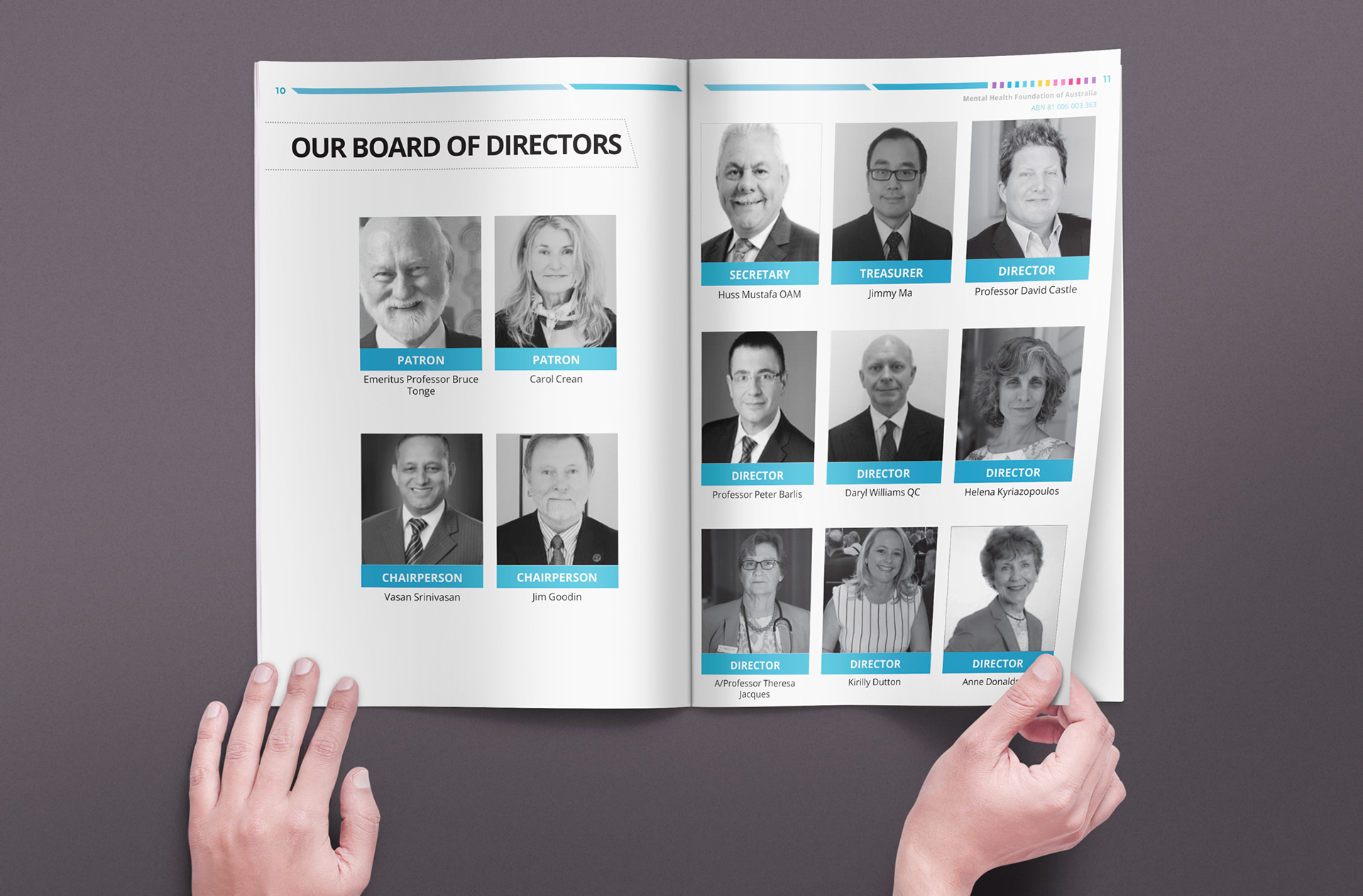
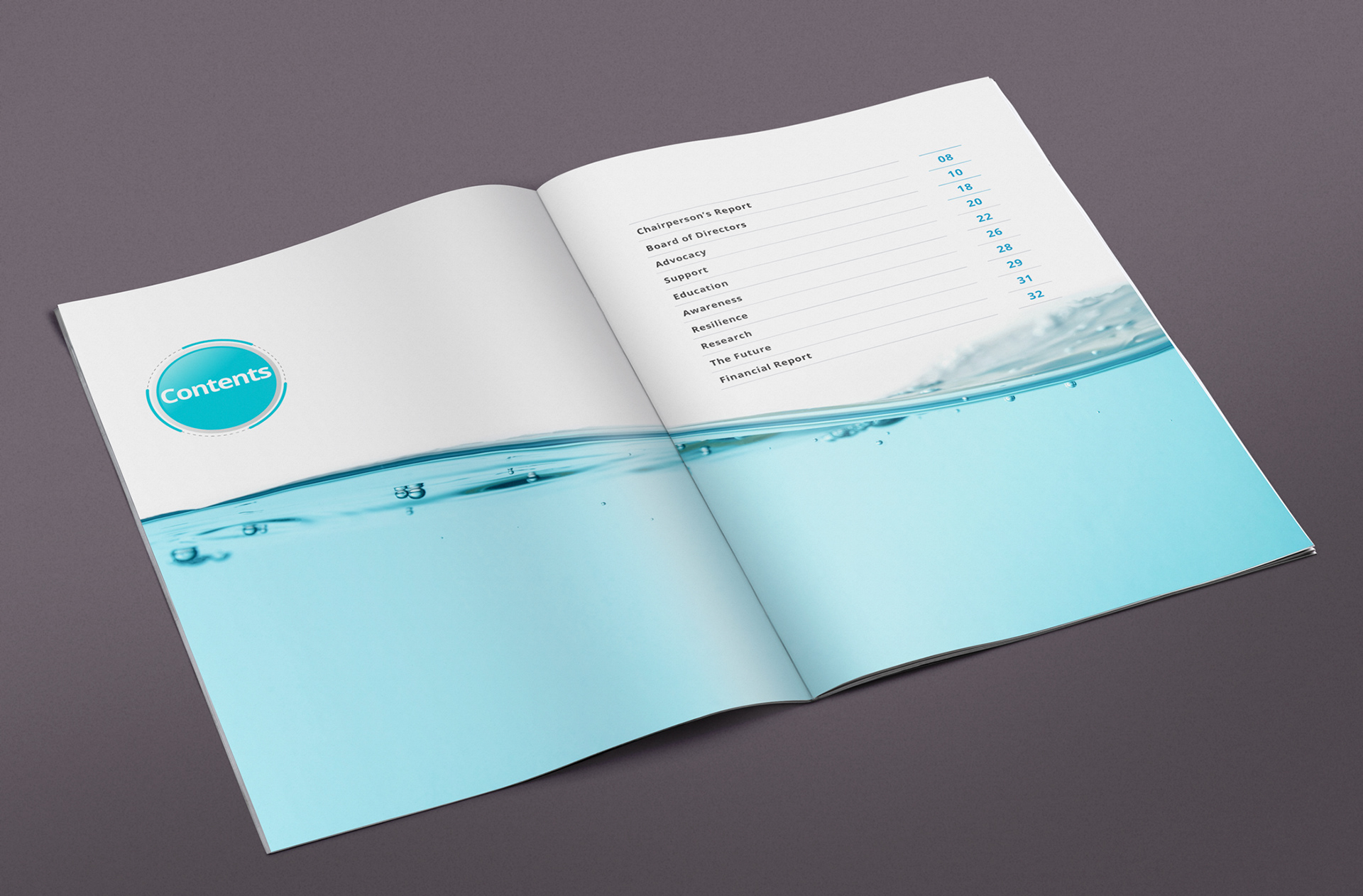
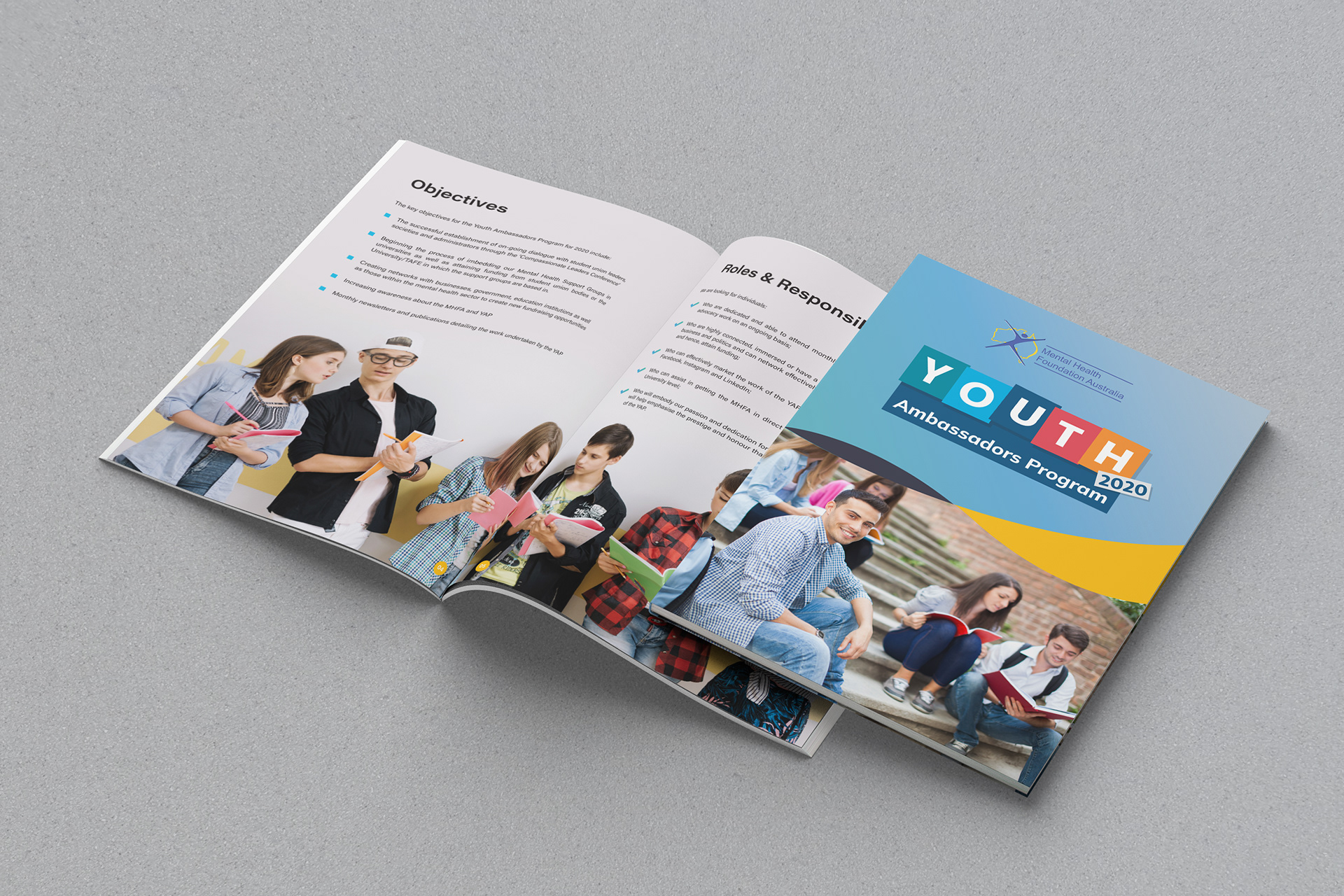
Case Study: Amplifying Mental Health Awareness Through Creative Graphic Design
Client: Mental Health Foundation Australia
Role: Freelance Graphic Designer
Duration: 4 Years
Role: Freelance Graphic Designer
Duration: 4 Years
Overview:
As a dedicated freelance Graphic Designer, I collaborated with the Mental Health Foundation Australia over a span of four years. During this partnership, I undertook the mission of leveraging the power of visual communication to promote mental health awareness throughout Australia. Through a wide array of creative deliverables, I endeavoured to provide meaningful and impactful designs that resonated with diverse audiences, reflecting the yearly campaign themes and fostering positivity, particularly during challenging times like the COVID-19 pandemic.
As a dedicated freelance Graphic Designer, I collaborated with the Mental Health Foundation Australia over a span of four years. During this partnership, I undertook the mission of leveraging the power of visual communication to promote mental health awareness throughout Australia. Through a wide array of creative deliverables, I endeavoured to provide meaningful and impactful designs that resonated with diverse audiences, reflecting the yearly campaign themes and fostering positivity, particularly during challenging times like the COVID-19 pandemic.
Challenge:
The central challenge of the project was to translate the nuanced concept of mental health awareness into engaging and empathetic visual narratives. With each passing year, the task of developing a unique and compelling campaign theme presented itself. Furthermore, the COVID-19 pandemic posed an additional challenge, necessitating the creation of graphics that not only uplifted spirits but also spread hope and resilience during unprecedented times.
The central challenge of the project was to translate the nuanced concept of mental health awareness into engaging and empathetic visual narratives. With each passing year, the task of developing a unique and compelling campaign theme presented itself. Furthermore, the COVID-19 pandemic posed an additional challenge, necessitating the creation of graphics that not only uplifted spirits but also spread hope and resilience during unprecedented times.
Solution:
1. Thematic Continuity: To maintain consistency and coherence, I ensured that each year's mental health campaign theme was artfully reflected in all graphic elements. This cohesive approach helped to strengthen the campaign's visual identity and convey a unified message.
1. Thematic Continuity: To maintain consistency and coherence, I ensured that each year's mental health campaign theme was artfully reflected in all graphic elements. This cohesive approach helped to strengthen the campaign's visual identity and convey a unified message.
2. Empathy-Centric Design: I incorporated a deep understanding of mental health challenges and the specific needs of the audience into every design. The use of design principals, colour psychology, typography, and imagery aimed to evoke emotions and resonate with the audience on a personal level.
3. Adaptability to Change: Amid the COVID-19 pandemic, I swiftly adapted the design approach to address the evolving needs of the audience. By creating uplifting and inspiring graphics, I aimed to spread positivity, hope, and a sense of community during times of isolation and uncertainty.
4. Multichannel Integration: The designed materials spanned various platforms, from website banners and social media graphics to brochures, pamphlets, annual reports, and post-event summaries. This multichannel approach allowed for a wide reach, ensuring that the message reached diverse demographics.
Results:
The collaboration led to an impactful visual transformation of Mental Health Foundation Australia's campaigns. The alignment of graphic design with campaign themes and the targeted focus on empathy facilitated a deeper connection with the audience. The designs not only educated but also fostered conversations about mental health, destigmatizing the topic and encouraging openness.
The collaboration led to an impactful visual transformation of Mental Health Foundation Australia's campaigns. The alignment of graphic design with campaign themes and the targeted focus on empathy facilitated a deeper connection with the audience. The designs not only educated but also fostered conversations about mental health, destigmatizing the topic and encouraging openness.
The response from the audience was overwhelming, with increased engagement on social media platforms, website visits, and active participation in events and campaigns. Particularly during the COVID-19 period, the graphics served as a beacon of hope, providing a source of positivity and support for individuals navigating difficult times.
The yearly campaign themes and their visual representation not only reflected the essence of mental health awareness but also effectively communicated the foundation's commitment to promoting well-being and understanding.
Conclusion:
The journey of collaborating with Mental Health Foundation Australia as a freelance Graphic Designer was marked by the creation of compelling visual narratives that transcended design, resonating with hearts and minds. By crafting graphics that aligned with yearly themes and addressing the challenges posed by the pandemic, I contributed to sparking conversations, fostering empathy, and creating a positive impact on mental health awareness across Australia. This case study exemplifies how design, infused with empathy and relevance, can serve as a powerful tool in driving positive change and supporting individuals during their mental health journeys.
The journey of collaborating with Mental Health Foundation Australia as a freelance Graphic Designer was marked by the creation of compelling visual narratives that transcended design, resonating with hearts and minds. By crafting graphics that aligned with yearly themes and addressing the challenges posed by the pandemic, I contributed to sparking conversations, fostering empathy, and creating a positive impact on mental health awareness across Australia. This case study exemplifies how design, infused with empathy and relevance, can serve as a powerful tool in driving positive change and supporting individuals during their mental health journeys.
